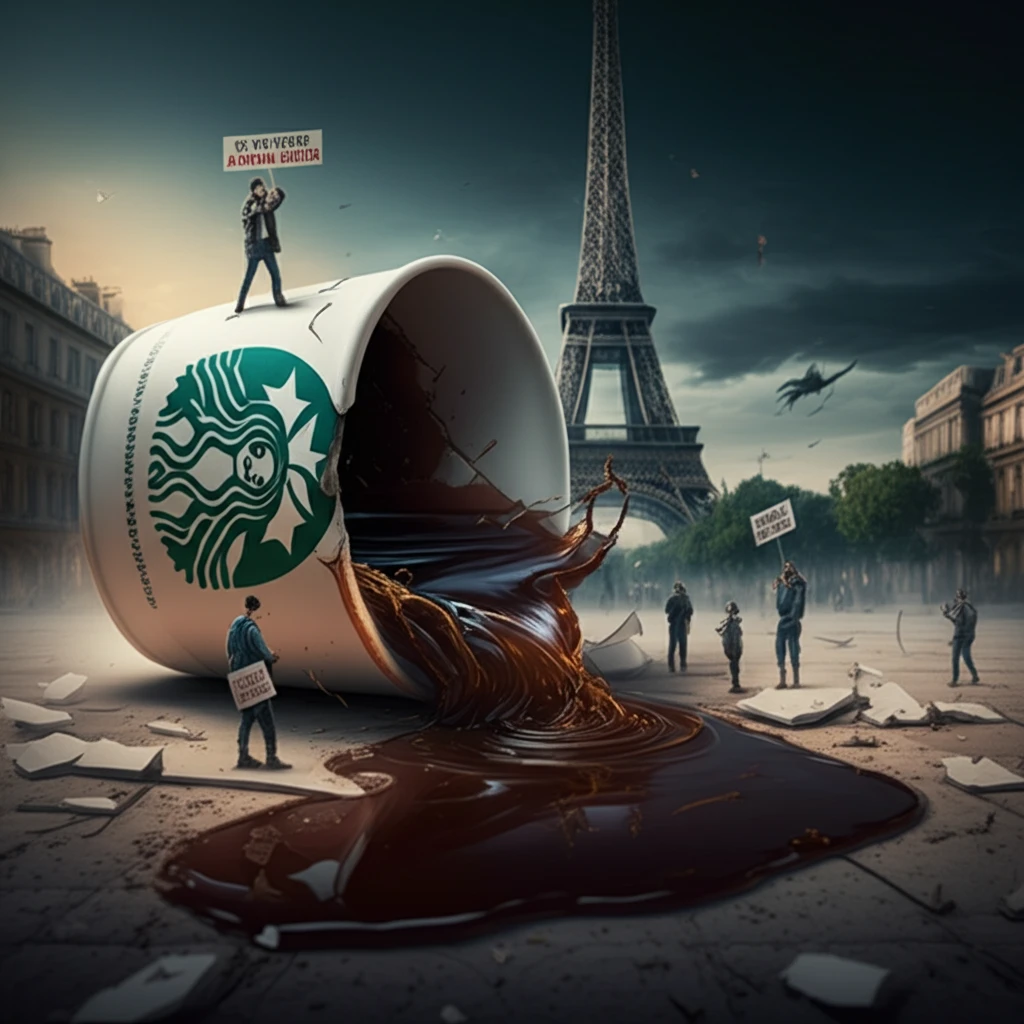
Brewing Discontent: Why Some Coffee Lovers are Boycotting Starbucks
"Uncover the intriguing phenomenon of 'brand hate' and why certain consumers are turning away from the siren's call."
In the bustling landscape of coffee culture, Starbucks stands as a global icon, recognizable in nearly every corner of the world. Yet, beneath the veneer of ubiquity lies a growing undercurrent of discontent. While the brand enjoys widespread adoration, a segment of consumers actively harbor what researchers term 'brand hate.' This isn't mere dislike; it's a deep-seated aversion fueled by a complex interplay of factors.
Anti-consumption, defined as the intentional avoidance or rejection of a brand, is becoming increasingly prominent, especially within the food and beverage sector. Boycotts targeting major players like Nestlé and PepsiCo demonstrate the power of consumer activism. However, existing research often focuses on specific campaigns, leaving a gap in understanding the broader phenomenon of brand hate and its drivers.
This article delves into the concept of brand hate, exploring its antecedents and consequences within the context of Starbucks in France. By examining the reasons behind consumer aversion, we aim to shed light on the challenges and opportunities facing global brands in an era of heightened consumer awareness and activism.
The Anatomy of Brand Hate: More Than Just a Bad Brew

Brand hate, as defined in anti-consumption literature, is 'the extreme negative affective component of attitude towards a brand.' It's more than a fleeting emotion; it's a durable sentiment that can significantly impact a company's reputation and bottom line. A recent study explored this phenomenon by surveying 324 French business school students, identifying Starbucks as the most hated food brand.
- Market Stature: Perceived corporate dominance and its impact on local economies.
- Negative Stereotypes: Associations with specific consumer groups deemed undesirable.
- Cultural Dominance: Threat to local traditions and values.
- Irresponsible Behavior: Perceived ethical shortcomings, such as tax avoidance.
Navigating the Storm: Lessons for Global Brands
The findings underscore the importance of brand managers recognizing the risk of brand hate. It can not only alienate existing customers but also spread to new ones. In an era of social media-driven activism, consumers are increasingly likely to voice their concerns and hold corporations accountable. Brands need to adopt proactive strategies to address potential ethical shortcomings and engage in open dialogue with their stakeholders. By understanding the drivers of brand hate and taking concrete steps to mitigate its impact, global brands can navigate the storm and build stronger, more resilient relationships with their consumers.
